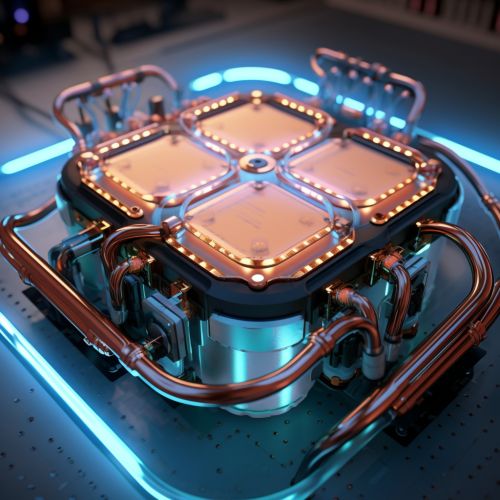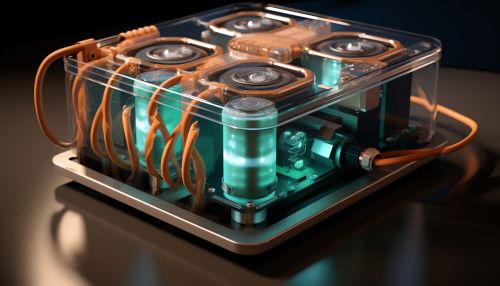The Role of Microbial Fuel Cells in Sustainable Energy Production
Introduction
Microbial fuel cells (MFCs) are a type of bio-electrochemical system that harnesses the power of microorganisms to convert chemical energy, often from organic waste, into electrical energy. This technology has been gaining attention in recent years due to its potential for sustainable energy production.
Principle of Operation
The operation of MFCs is based on the metabolic processes of certain types of bacteria. These electroactive bacteria are capable of transferring electrons to an external electrode, a process known as extracellular electron transfer (EET). This electron flow can be harnessed to generate electricity.
Components of a Microbial Fuel Cell
A typical MFC consists of two compartments, or half-cells, separated by a proton exchange membrane (PEM). One half-cell, the anode compartment, contains the electroactive bacteria and the substrate (fuel), while the other half-cell, the cathode compartment, contains the electron acceptor.
Anode Compartment
The anode compartment is where the oxidation of the substrate takes place. The electroactive bacteria consume the substrate, often organic waste, and produce electrons and protons. The electrons are transferred to the anode, while the protons pass through the PEM to the cathode compartment.
Cathode Compartment
In the cathode compartment, the electrons from the anode, the protons from the anode compartment, and oxygen from the air combine to form water, completing the circuit and allowing the flow of electricity.
Types of Microbial Fuel Cells
There are several types of MFCs, each with its own unique characteristics and applications. These include single-chamber MFCs, dual-chamber MFCs, sediment MFCs, and photosynthetic MFCs.
Single-Chamber MFCs
Single-chamber microbial fuel cells have only one compartment, where both the anode and cathode reactions take place. This design simplifies the construction of the MFC and eliminates the need for a PEM, but it can also lead to lower power output due to potential oxygen contamination of the anode.
Dual-Chamber MFCs
Dual-chamber microbial fuel cells, on the other hand, have separate compartments for the anode and cathode reactions, separated by a PEM. This design allows for better control of the individual reactions and can result in higher power output, but it is also more complex and potentially more expensive to construct.
Sediment MFCs
Sediment microbial fuel cells are a type of MFC that uses the naturally occurring bacteria in sediment as the anode. The cathode is typically placed on top of the water above the sediment. These MFCs are often used for environmental monitoring and power generation in remote locations.
Photosynthetic MFCs
Photosynthetic microbial fuel cells utilize photosynthetic organisms, such as algae or cyanobacteria, to generate electricity. These MFCs can also produce biofuels as a byproduct, making them a potentially valuable tool for renewable energy production.
Applications of Microbial Fuel Cells
MFCs have a wide range of potential applications, from wastewater treatment to power generation in remote locations.
Wastewater Treatment
One of the most promising applications of MFCs is in the treatment of wastewater. The organic waste in wastewater can serve as the fuel for the MFC, allowing for the simultaneous treatment of the wastewater and generation of electricity.
Power Generation in Remote Locations
MFCs can also be used to generate power in remote locations, where access to the electrical grid may be limited. For example, sediment MFCs can be used to power environmental monitoring equipment in remote aquatic environments.
Biofuel Production
Photosynthetic MFCs can be used to produce biofuels, in addition to generating electricity. This dual-purpose application could make photosynthetic MFCs an important tool in the transition to renewable energy sources.
Challenges and Future Directions
While MFCs hold great promise for sustainable energy production, there are still several challenges that need to be addressed. These include improving the power output of MFCs, finding more efficient and cost-effective materials for MFC construction, and scaling up the technology for industrial applications.
Despite these challenges, the future of MFCs looks promising. With continued research and development, MFCs could play a significant role in the transition to a more sustainable energy future.
See Also


